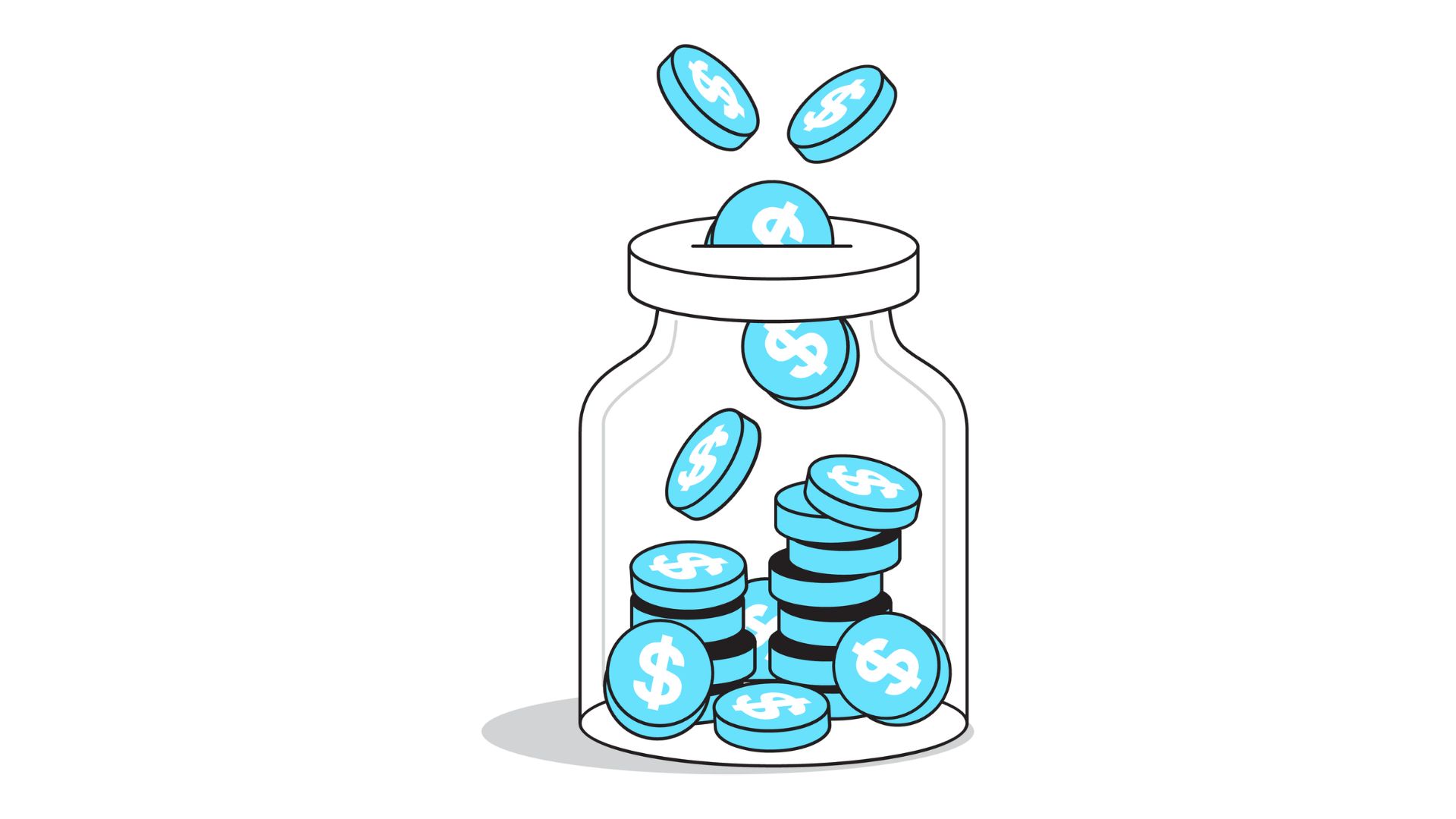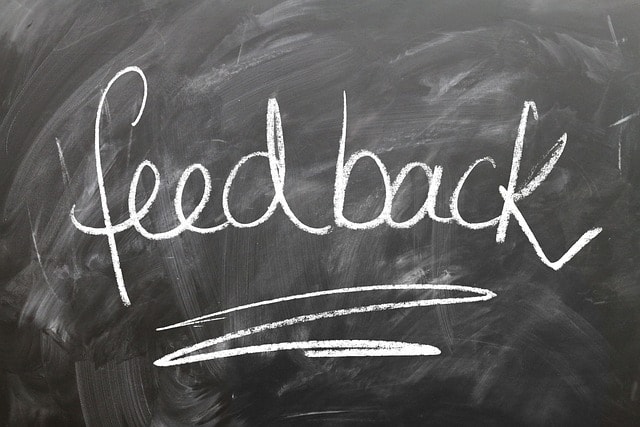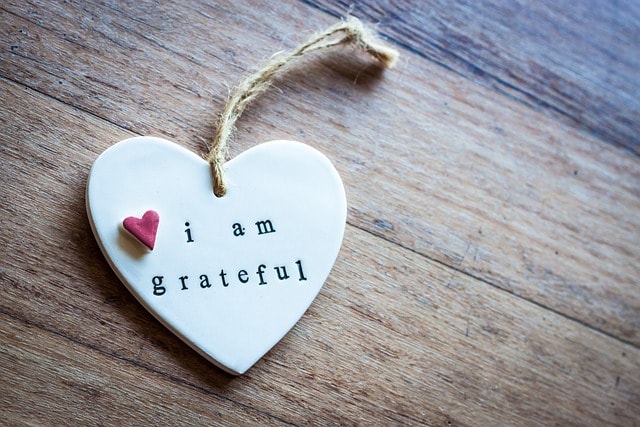How to Build a Solid Donor Relations Strategy

Have you ever wondered what makes a donor feel truly valued and connected to a cause? A well-crafted donor relations strategy does just that, turning occasional contributors into loyal supporters. By fostering meaningful relationships with donors, nonprofits can ensure long-term success and sustainability. Let’s dive into the essential steps for building a solid donor relations strategy that strengthens bonds and enhances your nonprofit organization’s impact.
What is a Donor Relations Strategy?
A donor relations strategy is a comprehensive plan for engaging and maintaining relationships with donors to foster loyalty and ongoing support.
How to Build a Donor Relations Strategy?

1. Define Your Goals and Objectives
Start by identifying what you want to achieve with your donor relations strategy. Whether your focus is on increasing donor retention rates, cultivating relationships with potential major donors, or expanding your base of recurring donors, having clear goals will guide your efforts.
It’s essential to align these objectives with your nonprofit organization’s mission and long-term vision. Clearly defined goals also help measure the success of your donor stewardship efforts and refine strategies as needed.
By understanding what motivates your donors, you can tailor your approach to meet their expectations and build strong donor relationships.
2. Segment Your Donors
Not all donors are the same, and donor segmentation allows you to tailor your communications and engagement strategies accordingly. By categorizing donors based on factors like giving levels, interests, donation frequency, and engagement history, you can create more personalized donor communication plans.
For example, major donors may appreciate more in-depth reports and personal interaction, while micro donors might respond better to social media updates.
Segmentation using the best donor tracking software also helps identify potential donors and target outreach efforts more effectively. This approach ensures that your organization can deliver a donor stewardship process that feels relevant and meaningful to each particular donor segment, enhancing donor retention and satisfaction.
3. Develop a Donor Stewardship Plan
A comprehensive donor stewardship plan outlines how you will acknowledge and thank donors at every level. This plan should include strategies for sending donors acknowledgments, such as personalized thank-you notes and gift acknowledgment letters, as well as public recognition like donor walls or social media shout-outs.

Donor stewardship isn’t just about saying thank you; it’s about creating an ongoing dialogue that reinforces the donor’s impact. For major donors, consider offering exclusive updates, invitations to special events, or behind-the-scenes tours of your nonprofit organization.
A thoughtful stewardship process not only expresses gratitude but also deepens the donor’s connection to your cause, leading to more sustained support.
4. Implement Effective Communication
Regular and meaningful donor communication is crucial for maintaining and strengthening donor relationships. Tailor your messages according to each donor’s preferences, whether they prefer email updates, phone calls, or physical newsletters.
It’s essential to keep donors informed about how their contributions are making a difference, providing specific examples and success stories. Effective donor communication also involves listening; ensure there are avenues for donors to provide feedback and ask questions.
By engaging in two-way communication, you can better understand donor expectations and adjust your strategies to meet their needs, which is a key component of good donor relationship management.
5. Gather and Utilize Donor Feedback
Engaging donors through feedback mechanisms, such as donor surveys or direct conversations, is vital for improving donor retention. Feedback helps you understand what aspects of your organization resonate with donors and where there might be room for improvement.

By acting on donor feedback, you can enhance the donor experience, whether by refining communication strategies or improving donor acknowledgment processes. It’s also a way to make donors feel valued and heard, which strengthens their loyalty and connection to your nonprofit organization.
Regularly assessing feedback can also reveal trends and insights that inform your overall donor relationship building strategy, helping to build stronger donor relationships over time.
6. Focus on Donor Appreciation
Donor appreciation goes beyond sending thank-you notes; it’s about making donors feel genuinely valued and connected to your cause. Personalized gestures, like handwritten letters or phone calls from board members, can significantly impact how appreciated donors feel.
Hosting special events, such as appreciation dinners or exclusive tours, can also help solidify these relationships. Donor appreciation should be consistent and sincere, tailored to the donor’s level of engagement and giving.

For instance, major donors may appreciate public recognition or naming opportunities, while smaller donors might value regular updates and personal acknowledgments. Consistently showing gratitude fosters solid donor relationships and encourages ongoing support.
7. Track and Analyze Donor Data especially on Major Donors
Utilizing donor management systems to track donor interactions, giving history, and communication preferences is crucial for effective donor relationship management.
This data helps you understand who your donors are, what motivates them, and how best to engage them. Analyzing this information allows you to identify trends, such as which campaigns are most successful or which donor segments are most active. This insight can guide future donor cultivation efforts, ensuring that your strategies are data-driven and targeted.
Additionally, maintaining accurate records helps in segmenting donors and personalizing your outreach, both of which are key to building strong donor relationships and improving donor retention rates.
8. Engage Board Members and Volunteers
Board members and volunteers can play a significant role in donor outreach efforts, providing a personal touch that strengthens donor relationships. Involving them in donor communications, thank-you calls, or hosting events adds credibility and demonstrates the organization’s commitment to donor stewardship.

Their involvement can also help in identifying potential major donors or recurring donors within their networks. Training board members and volunteers on the importance of donor relationships and how to engage donors effectively is essential.
By leveraging these relationships, you can expand your reach, enhance the donor experience, and build a more robust and inclusive community around your nonprofit organization.
9. Foster Long-Term Relationships
Building strong donor relationships is an ongoing process that extends beyond the initial donation. Regularly updating donors on the organization’s progress and how their contributions are being utilized helps maintain transparency and trust.
Offering opportunities for deeper engagement, such as joining advisory boards or participating in special projects, can further solidify these relationships. It’s also important to recognize and celebrate milestones, such as donor anniversaries or significant contributions.
By nurturing these relationships over time, you transform one-time donors into lifelong supporters, creating a stable base of support for your nonprofit organization.
Long-term engagement strategies are key to retaining donors and ensuring the sustainability of your mission.
10. Monitor and Adjust Your Strategy of Donor Relationships
Continuous evaluation of your donor relations strategy is essential for its success. Regularly reviewing donor retention rates, feedback from donor surveys, and the outcomes of your donor stewardship efforts can help you identify what’s working and what needs improvement.

Being adaptable and open to change is crucial; as donor expectations and the nonprofit landscape evolve, so should your strategies. Use data and analytics to make informed decisions, and don’t be afraid to experiment with new approaches to donor communications or engagement.
A proactive and responsive approach to donor relationship building ensures that your organization remains relevant and effective in fostering solid donor relationships.
How to Take Care of Donor Retention
Maintaining donor retention is crucial for the sustainability of any nonprofit organization. It involves not just keeping existing donors engaged but also ensuring that new donors feel connected and appreciated. However, misconceptions about donor retention often lead to ineffective strategies. Let’s debunk some common myths to enhance your understanding and approach to building solid donor relationships.

Common Myths About Donor Retention
Myth 1: “Focusing on New Donors is More Important Than Retaining Existing Donors”
Many nonprofit organizations believe that acquiring new donors should be the primary focus. However, research shows that maintaining strong relationships with your existing donors is more cost-effective and beneficial in the long run.
Repeat donors are more likely to increase their donations and become advocates for your cause. The average donor retention rate is typically lower for new donors compared to those who have already established a relationship with the organization.
Therefore, effective donor stewardship, which includes personalized communication and proper stewardship, is vital for retaining current donors and enhancing their experience.
Myth 2: “All Donors Should Be Treated Equally”
While it may seem fair to treat all donors the same, this approach can lead to very shallow relationships. Donors have different levels of engagement and support for the organization.
By segmenting donors—whether they are major donors, middle donors, or monthly donors—you can tailor your communications and appreciation efforts.
For instance, major donors might appreciate being featured on a donor wall, while smaller donors might prefer regular updates and personalized thank-you notes.

Segment donors based on their preferences, donation history, and interests to create a more engaging and meaningful donor experience.
Myth 3: “Once a Donor Gives, They Will Automatically Continue Giving”
It’s a common misconception that once someone has donated, they will continue to do so without further effort from the organization.
However, donor retention requires ongoing engagement and relationship-building efforts. Without regular and meaningful donor interaction, donors can feel disconnected and unappreciated.
Building donor relationships involves consistent communication, showing the impact of their gifts, and expressing gratitude through proper stewardship. Donors should feel valued and connected to the cause; otherwise, they may lose interest and stop contributing.
Myth 4: “A One-Size-Fits-All Approach Works for Donor Stewardship”
Every donor is unique, with different motivations, expectations, and preferences. A one-size-fits-all approach to donor stewardship can overlook these differences, leading to dissatisfaction and reduced retention rates.

For example, some donors may prefer personalized communication, while others may appreciate public recognition or being involved in decision-making processes. Conducting a donor survey can help understand donors’ expectations and preferences, allowing for tailored interactions that improve donor retention.
By understanding what each donor intended with their contribution, you can better meet their expectations and enhance their sense of connection to the organization involved.
Expert Comment by Dr. Lydia Thompson on Donor Relationship Management
“As a donor relations professional, it’s crucial to understand that building relationships with your donors is not just about securing funds but about cultivating a genuine connection. Solid donor relationships lead to long-term support and can significantly impact the success of your organization.
Whether dealing with a major donor or a smaller contributor, the goal should always be to strengthen donor relationships through meaningful engagement and appreciation.
From personalized gift acknowledgment letters to inviting donors to exclusive events, every touchpoint in the donation process should make donors feel valued and connected.
Meeting donor expectations is key, as it not only improves donor retention but also enhances the overall experience for those interested in your cause. Remember, when donors feel connected and appreciated, they are more likely to continue giving and even increase their contributions.
The right approach to donor gifts and communications can make all the difference in achieving your nonprofit’s mission.”
Expert Comment by Dr. Karen Mitchell
“As a seasoned donor relations professional, it’s essential to recognize the importance of donors gifts and how they align with the donor’s expectations. Properly acknowledging these gifts through a thoughtful gift acknowledgment letter can significantly improve donor retention hold.
This gesture goes beyond a simple thank you; it ensures that the donor feels connected to your organization and appreciates their impact. To keep donors interested and engaged, it’s crucial to understand and meet their expectations consistently.
Donor relations professional hold that. When donors feel valued and recognized, they are more likely to continue supporting your cause and contribute to its long-term success.”
Conclusion
In summary, dispelling these myths and adopting a nuanced, personalized approach to donor relations is key to improving donor retention.
By focusing on building strong relationships, recognizing the unique needs and preferences of each donor, and continuously engaging them, nonprofit organizations can foster a loyal and supportive donor base.
Remember, a solid nonprofit organization is built on the foundation of strong, long-lasting relationships with its donors.
FAQ
What is donor segmentation?
Donor segmentation involves categorizing donors based on factors like giving levels, interests, and engagement history. This process allows for personalized communication and targeted outreach, enhancing donor satisfaction and fostering stronger, more meaningful relationships with each donor segment.
How to take care of good donor relationship management?
Good donor relationship management requires regular, personalized communication, recognizing donor contributions, and meeting their expectations. It involves tracking interactions and preferences to ensure donors feel valued and connected, ultimately improving retention and encouraging continued support.
How to build relationships with your donors?
Building relationships with donors involves consistent, meaningful engagement through personalized communication, expressing gratitude, and providing updates on the impact of their contributions. Inviting them to events and seeking their feedback also strengthens these connections.
Do you have to take care of donor management for building donor relationships?
Yes, effective donor management is essential for building strong donor relationships. It involves tracking interactions, preferences, and contributions, ensuring personalized communication, and recognizing donors’ needs and expectations, leading to deeper, more engaged connections.



